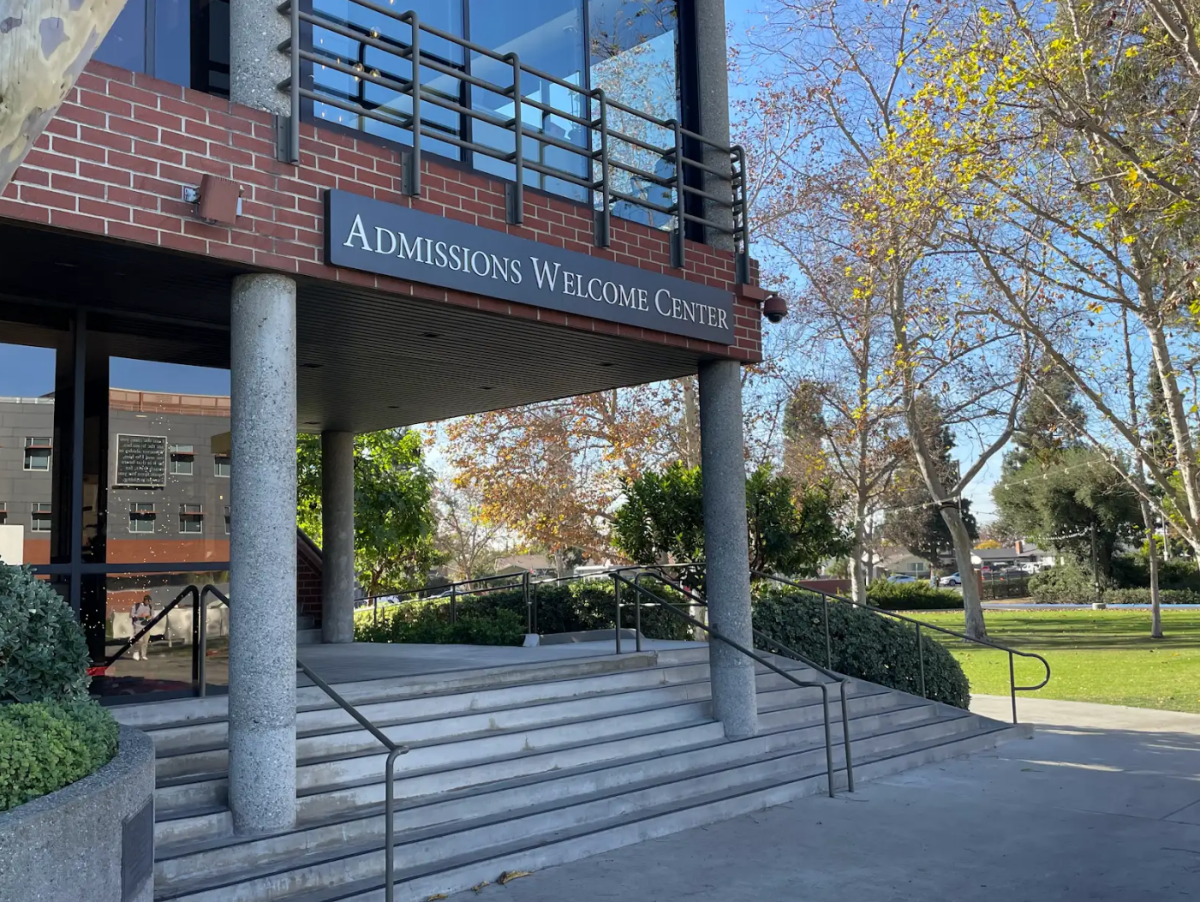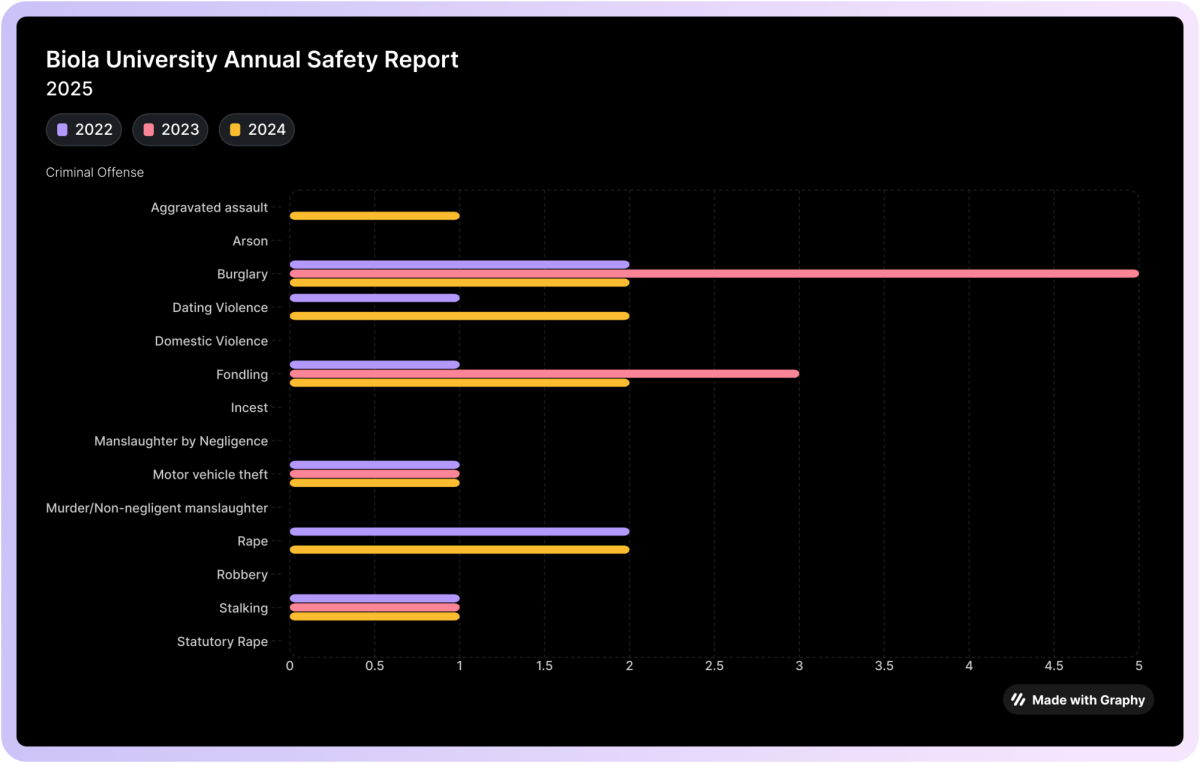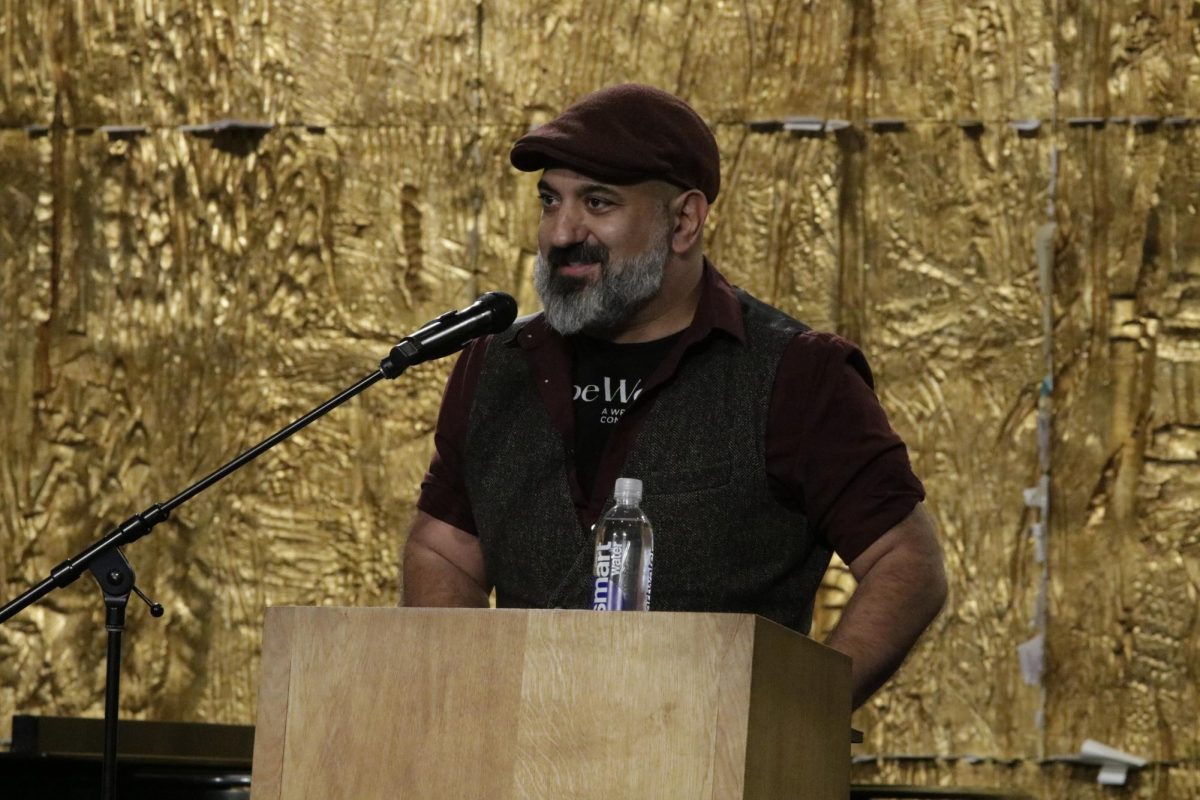On Thursday, June 29, 2023 the Supreme Court ruled affirmative action unconstitutional, overturning decades of college admissions precedent. Now, many people nationwide wonder about the future of diversity in higher education. Biola has its own goals for diversity that are rooted in its beliefs as a Christian institution. So what is our plan for achieving them?
AFFIRMATIVE ACTION THROWN DOWN
Affirmative action, which has long been used in the U.S., uses criteria such as race and gender in hiring or college acceptance decisions in an effort to remedy the effects of long-standing discrimination. The court’s decision ruled in favor of Students for Fair Admissions, Inc. (SSFA) against admissions programs at Harvard College and the University of North Carolina (UNC).
Chief Justice John Roberts wrote the majority opinion.
“Many universities have for too long wrongly concluded that the touchstone of an individual’s identity is not challenges bested, skills built, or lessons learned, but the color of their skin,” Roberts said. “This nation’s constitutional history does not tolerate that choice.”
The decision has created a dilemma for universities with a commitment to diversity. Without a race-conscious admissions process, it is unclear whether schools will be able to ensure a diverse learning environment.
For example, in an interview with National Public Radio (NPR), Stella Flores, professor of higher education and public policy at the University of Texas, expressed doubt about other possible diversity initiatives. “There’s no other alternative method that will racially diversify a student body, other than the use of race as one factor of consideration,” she said.
A year later, we have begun to see the effects of this decision on the class of 2028. A look at the Common Data Set (CDS) reports that colleges are required to publish each year, reveals recent shifts in enrollment numbers at schools across the nation. Though the data is still inconclusive, several schools that previously used affirmative action have reported drops in certain ethnic categories.
For instance, the Massachusetts Institute of Technology (MIT) reported an 8% decline in Black student enrollment compared to recent years, while Amherst College reported a 4% decline in Hispanic students from last year. However, many universities, including Harvard, have yet to post their CDS for the 2024-25 academic year. These reports will continue to be released as the year progresses, though many schools may wait until as late as June.
BIOLA’S HISTORY WITH DIVERSITY
Biola, on the other hand, has never used affirmative action as a part of its admissions process. According to Fitsum Mulat, the Vice President of Enrollment Management, this is a reflection of Biola’s commitment to providing equitable opportunities for all students.
“Acceptance to Biola University is based on the academic and the spiritual fit of an applicant,” Mulat said.
The university, however, still claims to strive for diversity in its student body. In January 2019, Biola published a Unity Amidst Diversity statement, detailing the theology behind Biola’s commitment.
“We value and affirm unity amidst diversity in accord with the Christian Scriptures,” it says, “inviting each person to live in healthy relationships within a vibrant community that is ultimately a counter-cultural witness to the world.”
In April of 2020, President Barry Corey announced the development of the university’s first-ever strategic diversity plan. The release came amidst controversy surrounding a racially insensitive meme posted on an anonymous social media page and the vandalization of Black History Month posters in Horton Hall earlier that semester.
The plan outlined a set of multi-year objectives including reassessing administrative and hiring practices and achieving both Hispanic-Serving Institution (HSI) and Asian American and Native American Pacific Islander-Serving Institution (AANAPISI) statuses. The question is, how does Biola intend to achieve such goals without the use of affirmative action?
RECRUITMENT STRATEGIES
One way Biola admissions pursues a more diverse campus is by recruiting at events catered towards students of minority backgrounds. According to Kayla Zuniga, director of traditional undergraduate admissions, Biola attends events like the Latino College Expo and Black College Expo held by the National College Resource Foundation, in an effort to draw students from these populations to the university.
Zuniga also mentioned Biola’s recent focus on recruiting from high schools across LA county.
“We have prioritized attending college fairs throughout Los Angeles County knowing that LA is a vibrant tapestry of cultures, languages, and perspectives,” she said. This attention towards students in Biola’s backyard has also involved inviting locals to campus for events like Coffee and Singspiration and Biola Preview Days.
A strategy many universities have turned to in efforts to maintain diversity is the use of scholarships and grants directed to help students of certain backgrounds afford a quality education. Biola has a few such scholarships, including the LEAD Scholars Program and FirstGen Scholars Program — though, notably, both of these are available to students of any ethnic or racial background. These programs, in addition to financial aid packages, attempt to ensure affordability for students from diverse socioeconomic backgrounds.
While Biola continues its efforts to attract a diverse community to the campus, Zuniga noted that the university still has room for improvement.
“While Biola has made progress achieving HSI and AANAPISI status, reaching accreditation remains a work in progress,” she said.
With HSI status requiring an undergraduate population that is made up of at least 25% Hispanic students, how close is Biola to that goal?
A LOOK AT BIOLA’S ENROLLMENT DATA
Biola has already released its own enrollment data for the 2024-25 academic year. The results show very minor changes in each category, with the biggest shift being a slight 1% downtick in white undergraduate students. As it stands, Biola is nearly 2%, or 40 students, away from reaching the Hispanic-Serving Institution (HSI) requirement.
That said, total enrollment numbers don’t completely reflect the status of a university’s admissions, since they may be affected by other factors including graduating students and those transferring in and out of the university.
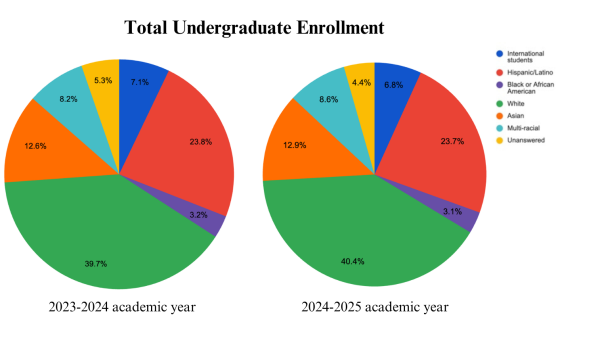
For a better understanding of Biola’s admissions, we can look instead at the change in first-time degree-seeking freshmen each year. These numbers better reflect the differences in each incoming class, isolating the data most directly influenced by Biola’s recruitment efforts. But even here, the changes appear minimal.
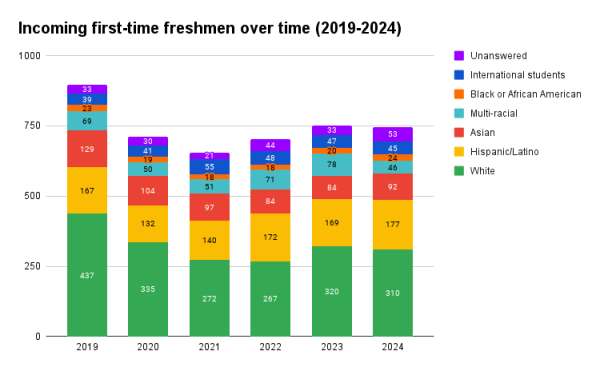
There is, of course, the pandemic drop-off in enrollment numbers, but the amount of incoming freshmen appears steady over the last few years.
The biggest change in the most recent class of freshmen is an increase in the number of students who chose not to answer the question of ethnic/racial identity. This trend is not isolated to Biola, but it is unclear whether it is related to the Supreme Court’s decision in 2023.
MOVING FORWARD
While the nation continues to watch the status of diversity efforts at universities following the Supreme Court’s decision on affirmative action, Biola has its own journey ahead of it. As the university continues to work on its recruitment strategies, it may have the opportunity to demonstrate effective methods that don’t rely on race-conscious admissions decisions.

